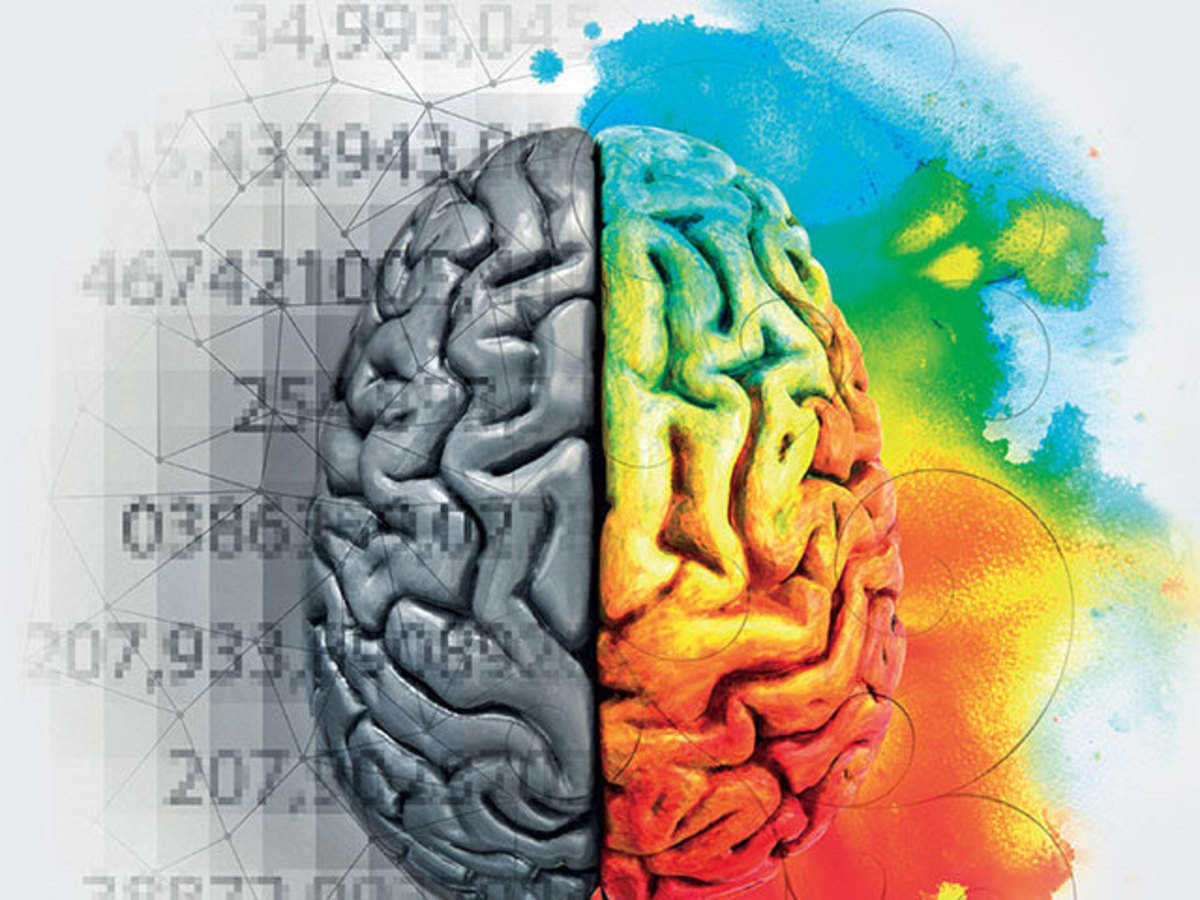A cerebral aneurysm is a weak spot in the wall of an artery in the brain. This weak spot over a period of time bulges and is a potential risk of rupture. The brain hemorrhage so produced is known as subarachnoid hemorrhage. This condition is a Neurosurgical Emergency and can result in severe consequences, including brain damage, stroke, or even death.
What are risk factors for development of an aneurysm?
Cerebral aneurysms often develop at the branching points of arteries, where the walls of the blood vessels are naturally weaker. The exact cause of aneurysm formation is not always clear, but certain risk factors can increase the likelihood of their development, such as:
- Family History: A history of cerebral aneurysms in the family can increase the risk of an individual developing one.
- Age and Gender: Aneurysms are more common in adults and in women.
- Hypertension: High blood pressure can weaken blood vessel walls over time, increasing the risk of an aneurysm.
- Smoking: Smoking can damage blood vessels and increase the risk of aneurysm formation.
- Drug Abuse: The use of certain drugs, particularly cocaine, can raise the risk of aneurysm.
- Head Trauma: A severe head injury can damage blood vessels and contribute to aneurysm formation.
- Certain Medical Conditions: Certain medical conditions, such as polycystic kidney disease and certain connective tissue disorders, can make aneurysms more likely.
What are the symptoms of an aneurysm?
Cerebral aneurysms are often asymptomatic until they rupture. However, some unruptured aneurysms might cause symptoms by pressing on nearby structures in the brain, leading to headaches, vision problems, or other neurological symptoms. If an aneurysm ruptures, it can cause a sudden, severe headache, often described as “the worst headache of my life,” along with nausea, vomiting, neck stiffness, and altered consciousness.
How are the cerebral aneurysms diagnosed?
Imaging tests, such as cerebral angiography, CT angiography, or MRI angiography, are used to diagnose cerebral aneurysms and determine their size and location.
What are the treatment options?
Treatment options include:
- Monitoring: Some small, unruptured aneurysms may be monitored regularly without immediate intervention.
- Surgery: Surgical procedures, such as clipping or coiling, can be performed to prevent rupture or to treat a ruptured aneurysm.
- Endovascular Therapy: Minimally invasive procedures, such as endovascular coiling, involve inserting a catheter into the blood vessels to place coils or other devices to block blood flow into the aneurysm.
- Medications: Certain medications may be prescribed to manage symptoms or reduce the risk of rupture.
The choice of treatment depends on various factors, including the size, location, and overall health of the patient. It’s important to seek immediate medical attention if you suspect a cerebral aneurysm or if you experience sudden and severe symptoms.
